Inefficiencies Persist
“Tell me and I am likely to forget, teach me and I am likely to remember, involve me and I will LEARN…”
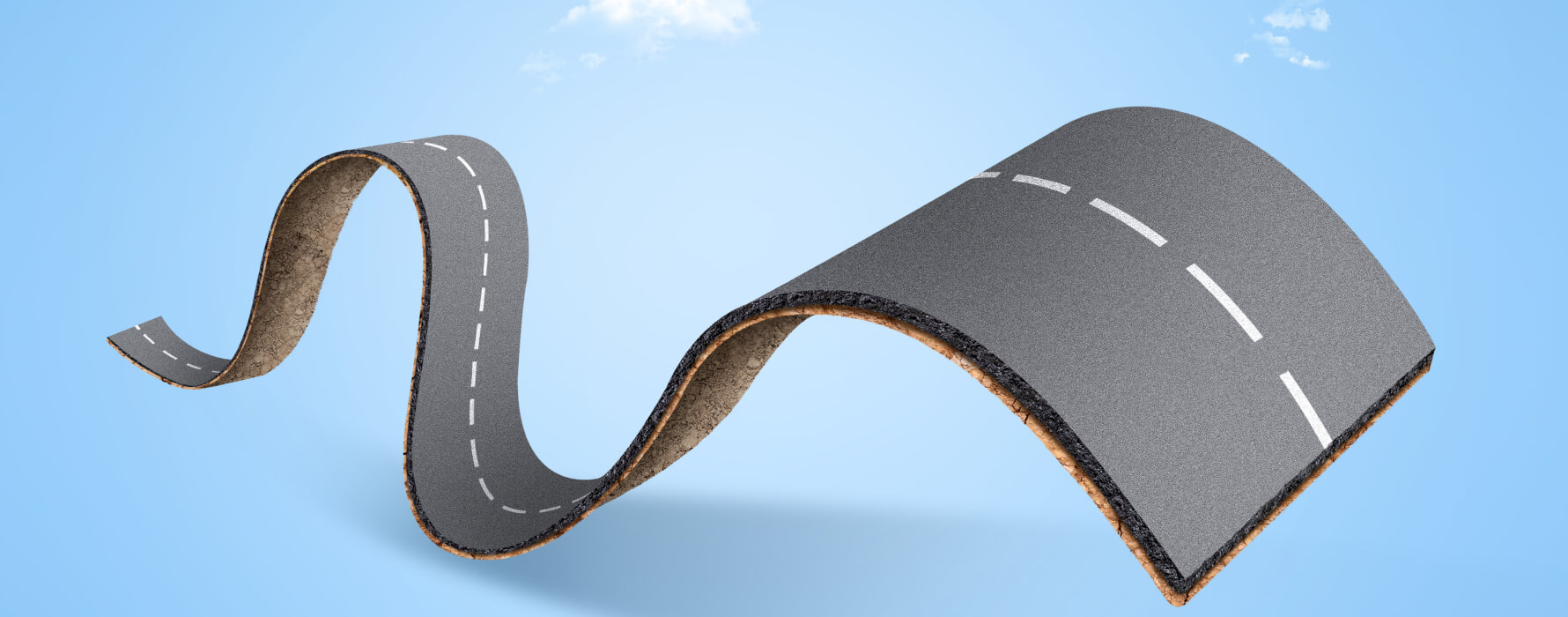
We are all aware that the $215 billion logistics industry in India is inefficient and fragmented. 65% of all goods are transported by Road as it is the cheapest option, despite inefficiencies in the system. However despite all the investments in infrastructure thus far (centre / state / private) – inefficiencies persist. The average speed at which goods move on road is extremely low (20 – 40 km/hr) compared to developed nations (60 – 80 km/hr). This is because goods are transported over long distances, on poor road surfaces, with multiple transition points (handling changes) which lead to delays and losses (due to breakage and theft). Even the facilities on National Highways, for the drivers and their vehicles, are grossly inadequate and only compound the misery of the 5 million un-organised transporters that make up 85% of the industry.

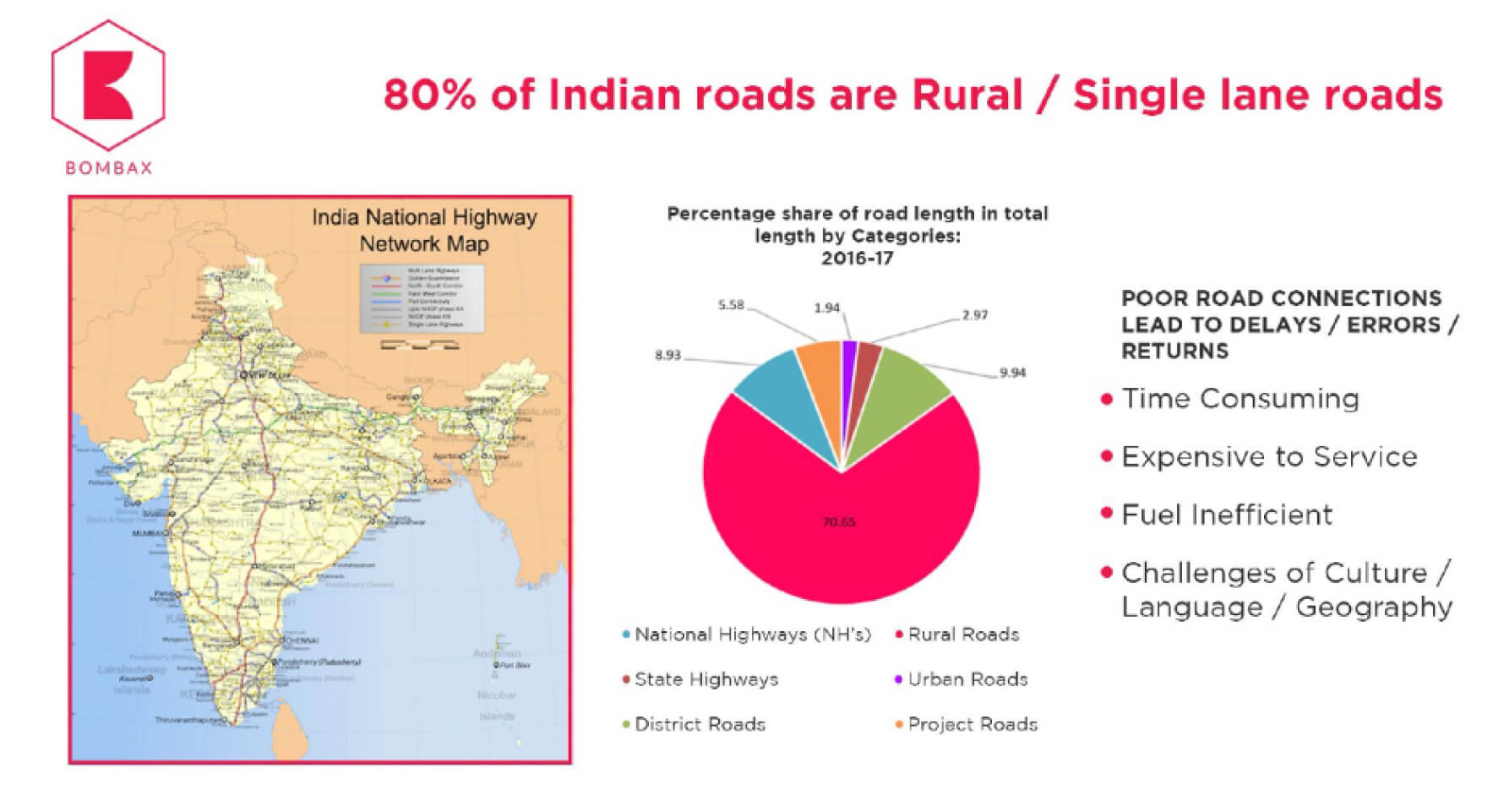
Put to the Test
As Bombax scale’s its’ business and continues to build out the supply-side of the network -connecting smaller regional airports with rural distribution hubs (RDH’s), I took the opportunity to experience first-hand the logistic infrastructure in North India, specifically Uttar Pradesh.My colleague and I drove across the state from Noida – Lucknow – Kanpur – Varanasi over the course of the week to understand the challenges and opportunities faced by our team.U.P. is the most populous state in the country with 75 districts accommodating over 200 million inhabitants and our Reverse Logistics performance was under par in the state – and I wanted to identify the cause for the delays and find solutions.
Large State : bordering 9 Indian States + Nepal
The uniqueness of U.P. (and hence also the challenge) is the sheer size and location:
- On the West it borders Himachal Pradesh, Haryana, Delhi and Rajasthan
- On the Southern flank it touches Madhya Pradesh and Chattisgrah
- On the East it bounded by Jharkand and Bihar
- On the North it neighbours Uttarakhand and Nepal
The 3 main logistic hubs, therefore are logically located in
- Noida in the West (Gautama Buddha Nagar)
- Lucknow in the Centre
- Varanasi in the East
These 3 cities are all unique in their own right, commercially and culturally – and it was an extremely enlightening trip for me and my colleague to travel through the state by road and understand the dynamics at play.
Despite having 3 international airports as well as other airports designated under the GOI UDAN scheme, most of the air cargo movement from West and Central U.P. is transferred via surface mode to Delhi and then connected to the rest of India (ROI). Eastern U.P. is serviced by Kolkatta airport (that analyses we will leave for another day).
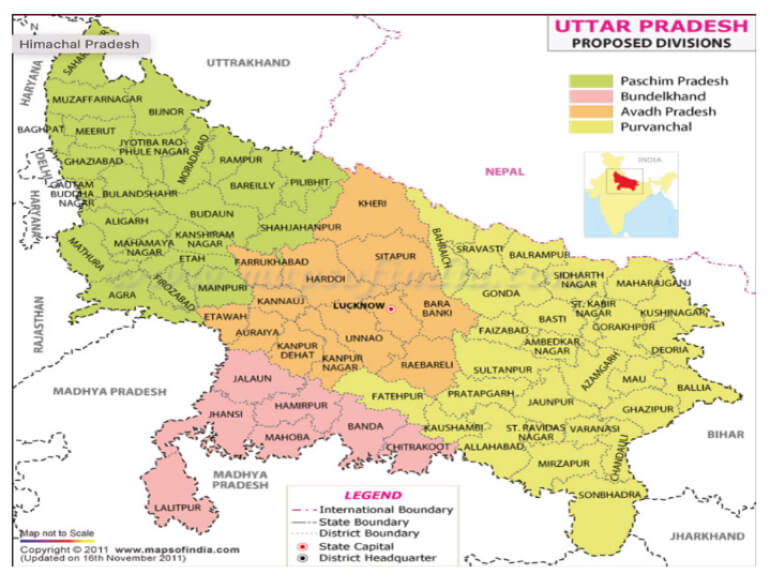
Connectivity + Economics = Line Haul
Lucknow to Mumbai : 1 ton shipment by AIR (express mode)
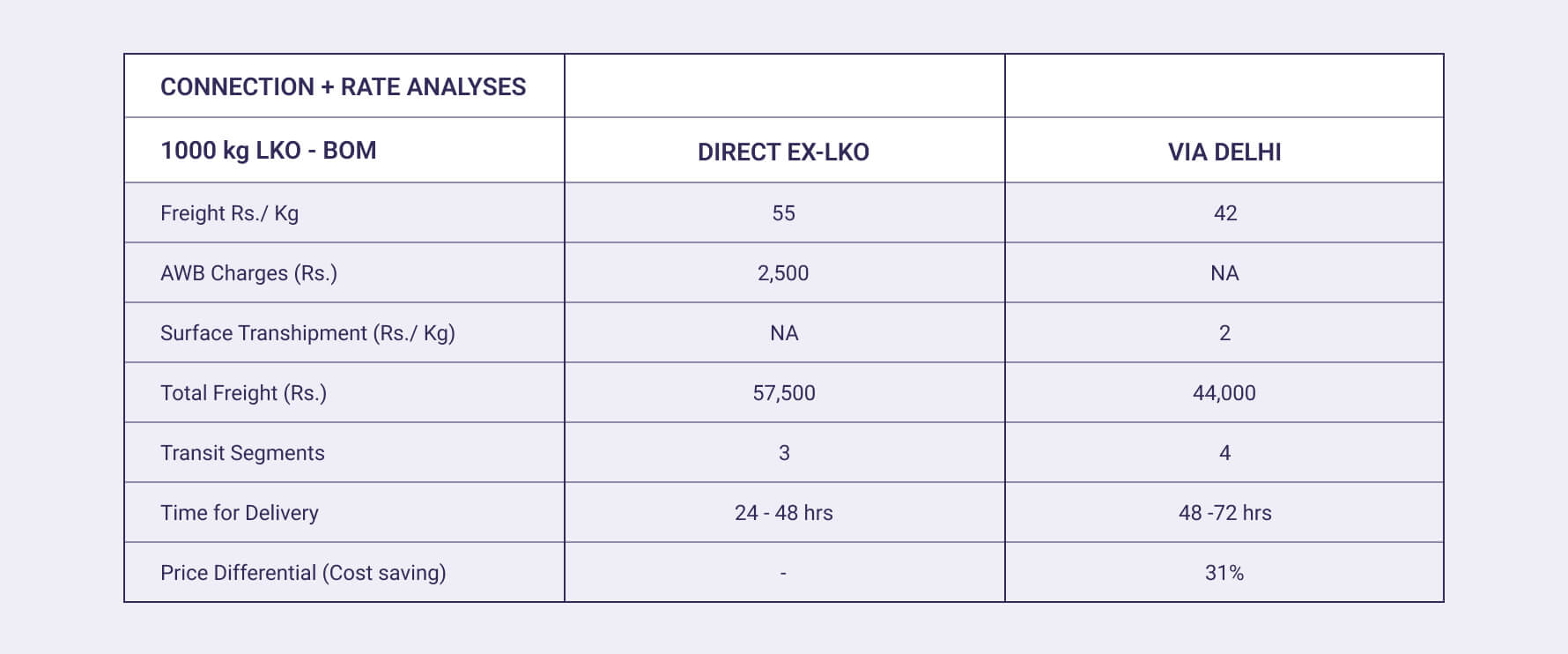
What can we derive from the above U.P. to Delhi Line-Haul analyses?
- There is a 25 – 30% reduction in costs when connecting via Delhi (which is primarily establishing the Line Haul)
- There is 25% increase in handling (which leads to fragmentation)
- There is a 50%-100% increase in TAT’s (double the time taken – which is inefficient)
Therefore to conclude this analyses – Economics trumps Inefficiency and TAT’s!
Lucknow to Varanasi
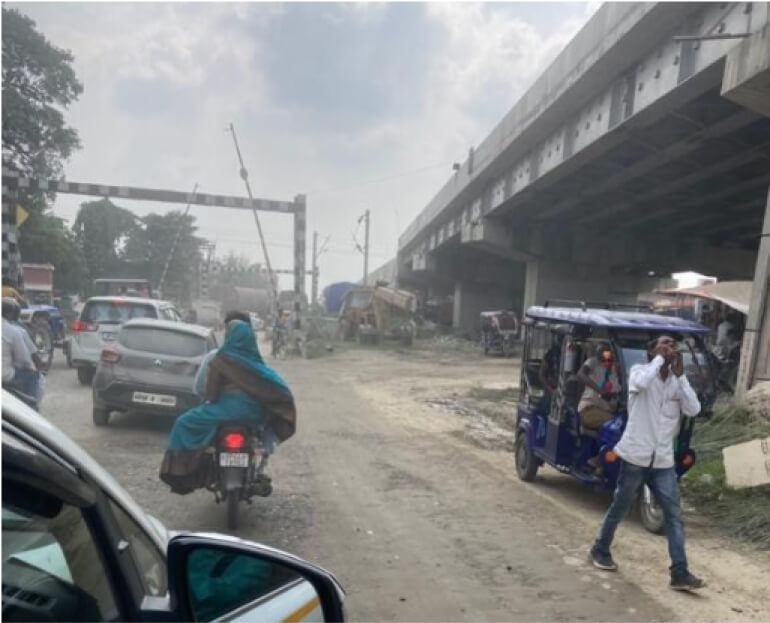
As we drove through the heartland of India we imagined the scale of infrastructure development that would be required to effectively connect the 75 districts of the state to the main commercial hubs (by surface and air) as well as the challenges of organising the disorganised logistic vendors in the state. The still-developing logistics infrastructure along with scattered penetration of technology enabled services highlighted the challenges that were being faced by our team in keeping with the stringent SLA’s.
Looking Ahead – Logistics Policy 2022
The PM of India, Shri Narendra Modiji, launched the much awaited new Logistics Policy 2022 on September 21st with a proposed $3 trillion infrastructure investment outlay over the next 10 years.
The policy for the first time lays out an extensive interdisciplinary, cross-sectoral, and multijurisdictional framework for the growth of the entire logistics ecosystem in an effort to solve concerns of high cost and inefficiency.
Bombax will continue to focus on building out our agile and physical supply-side network across India whilst at the same time offering differentiated services via our digital platform on the demand-side. This combination will enable us to become a dominant player in the next 3-5 years!